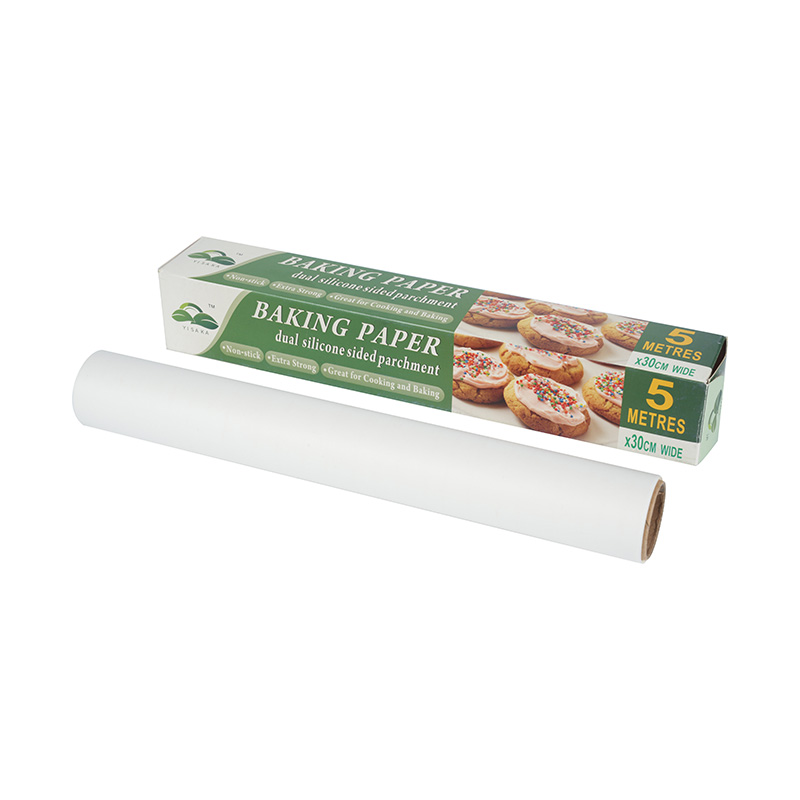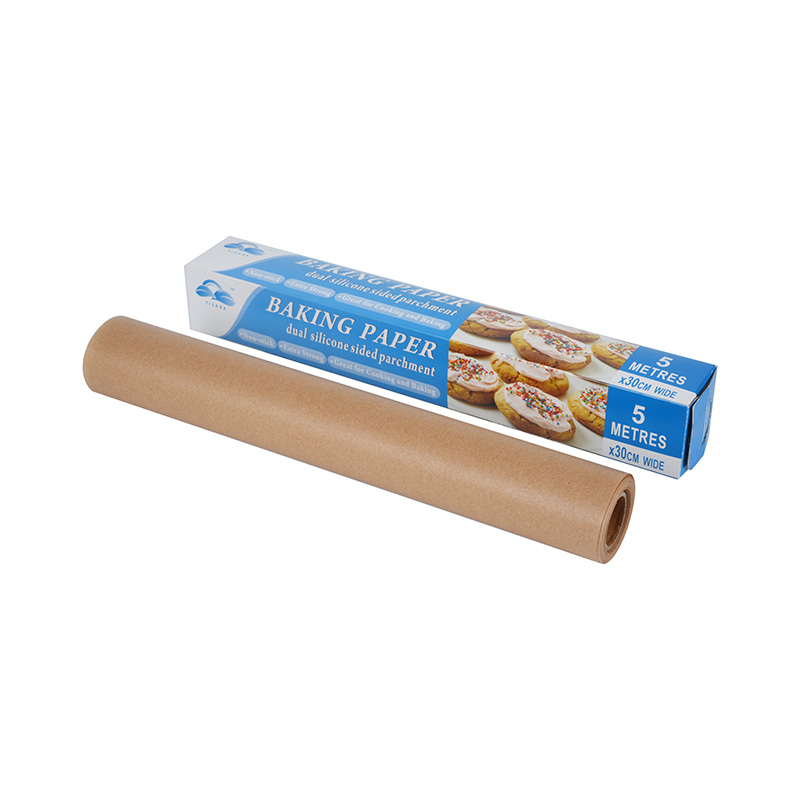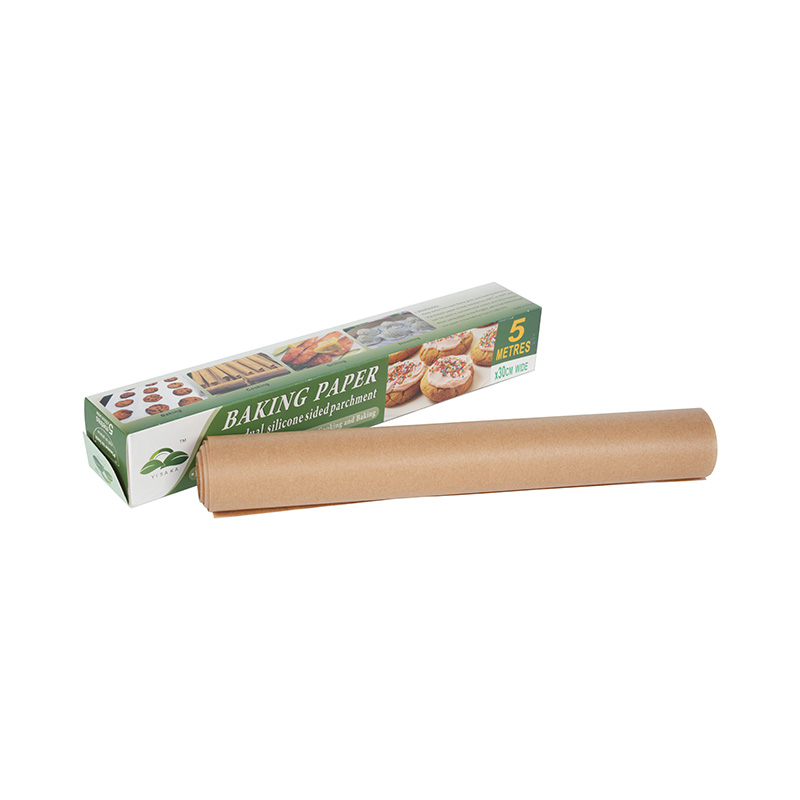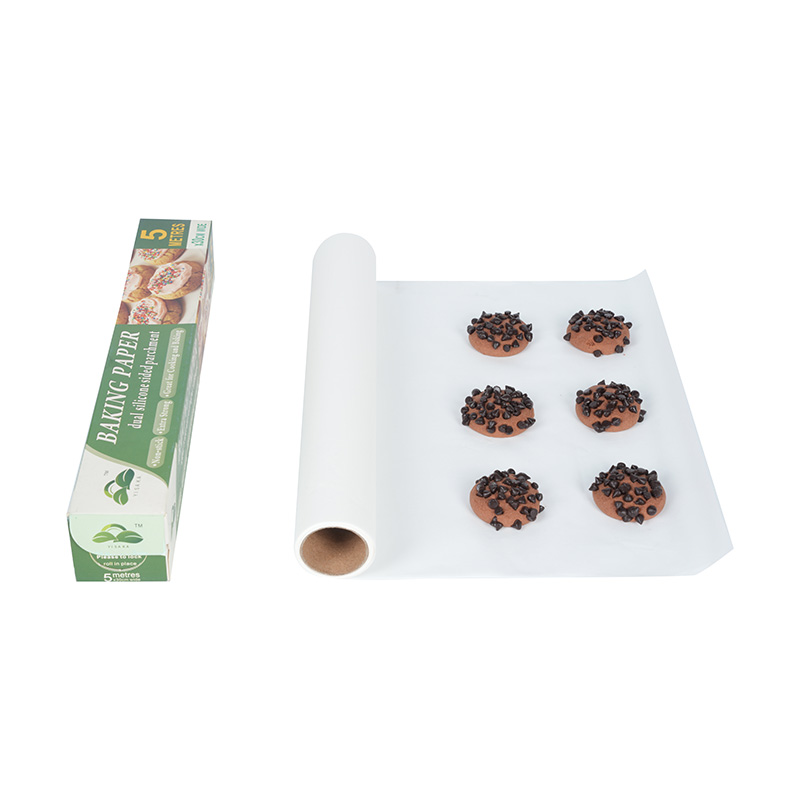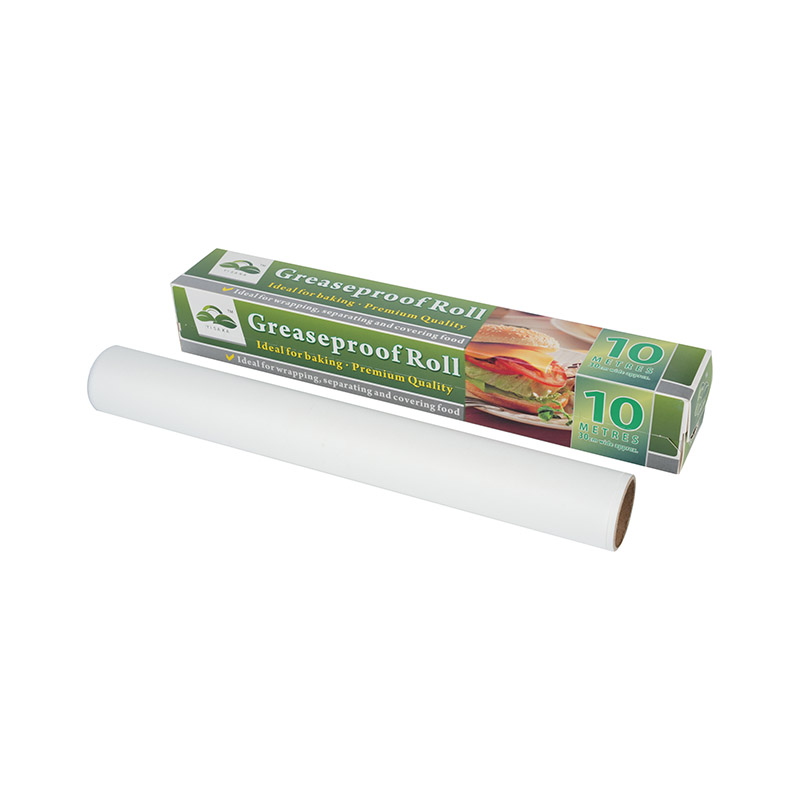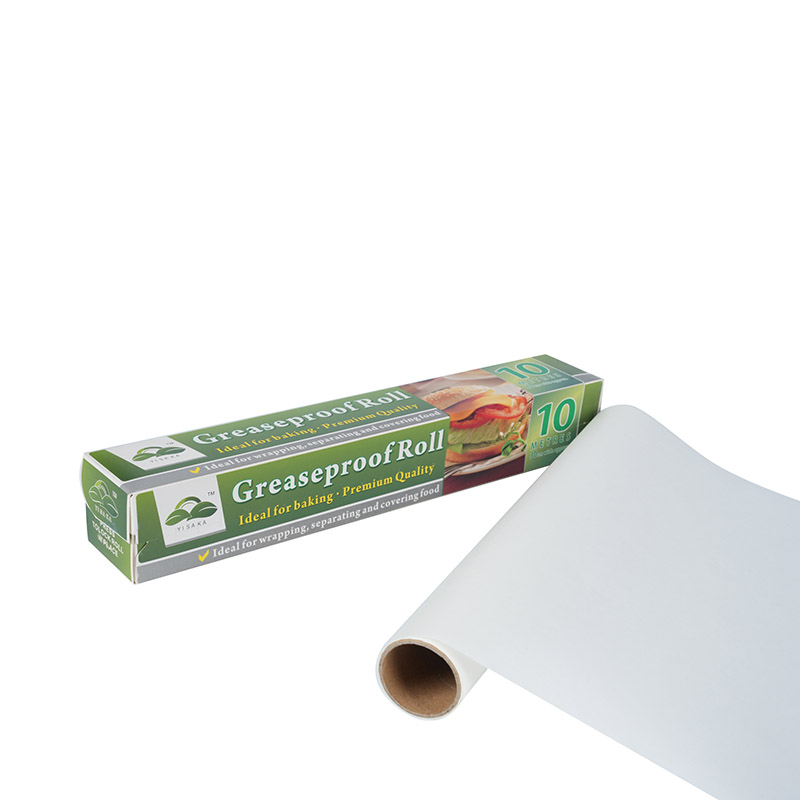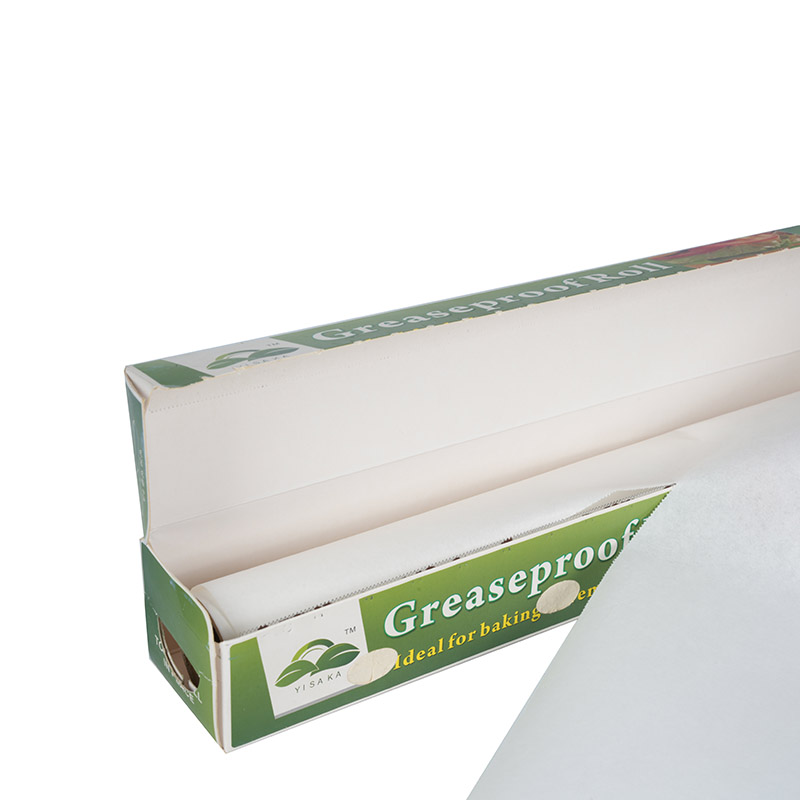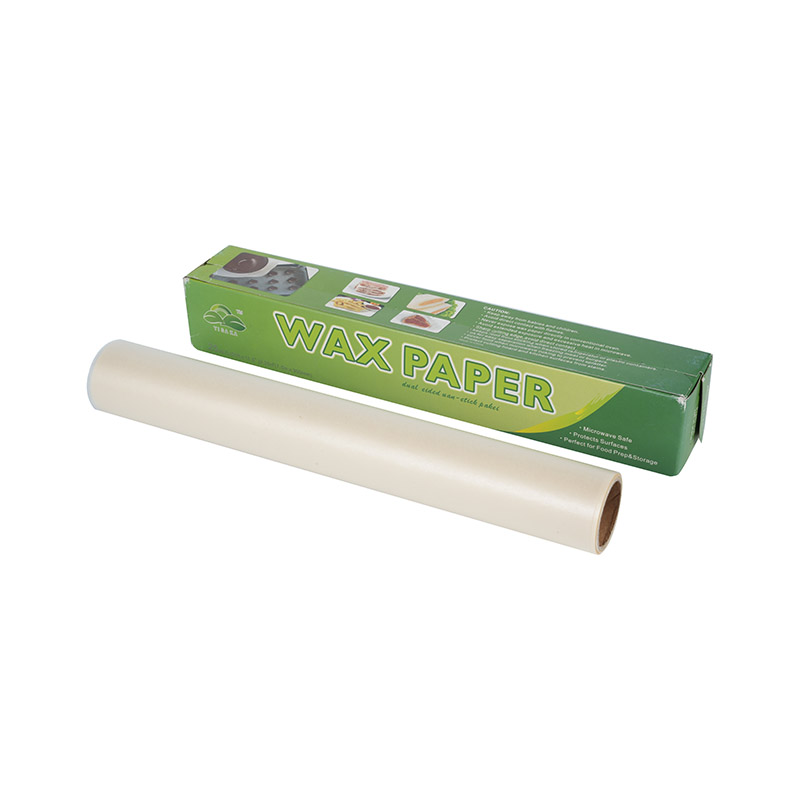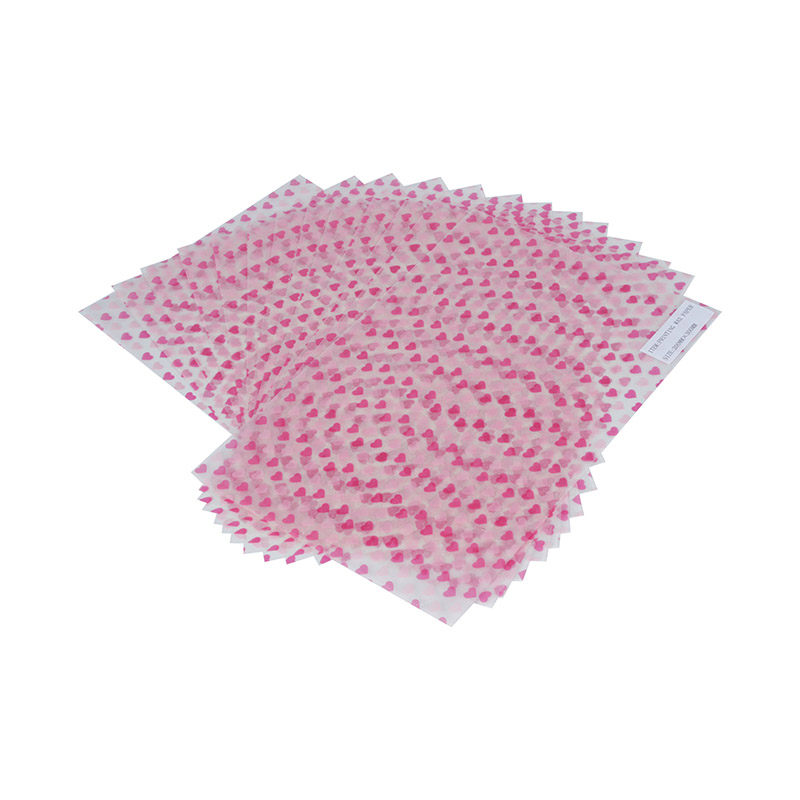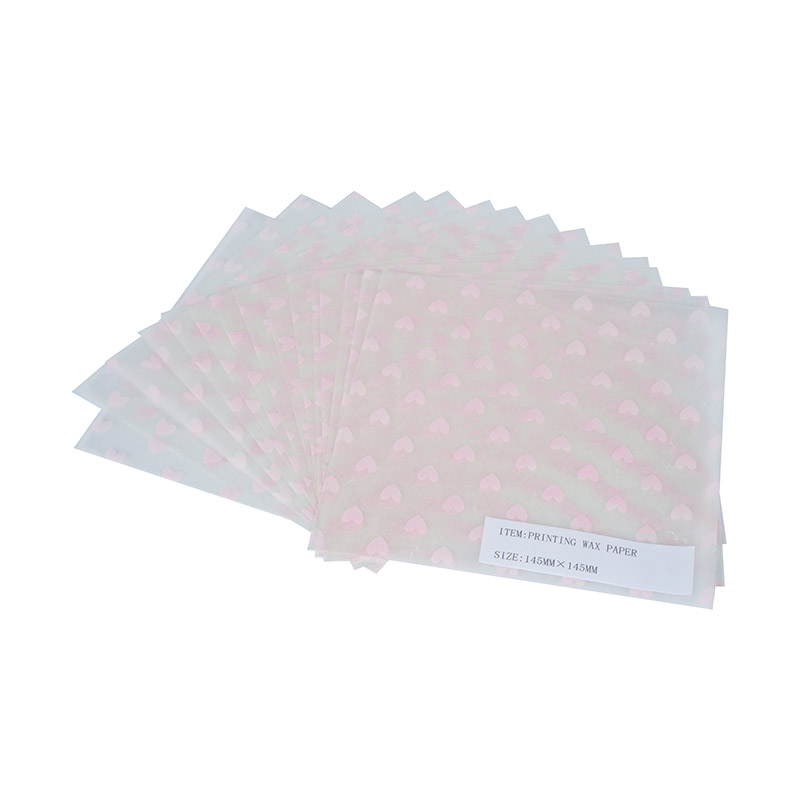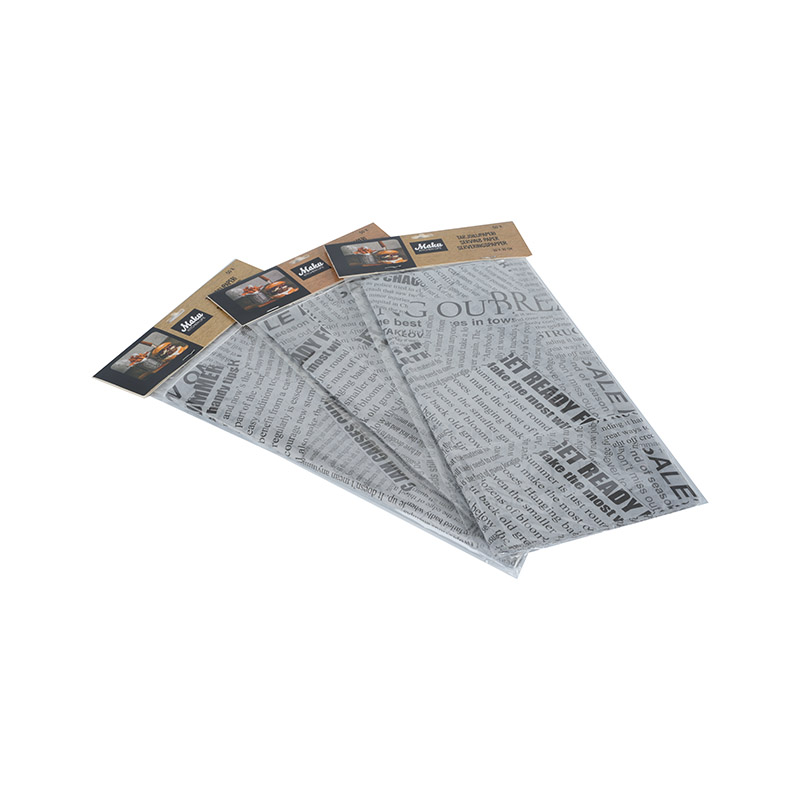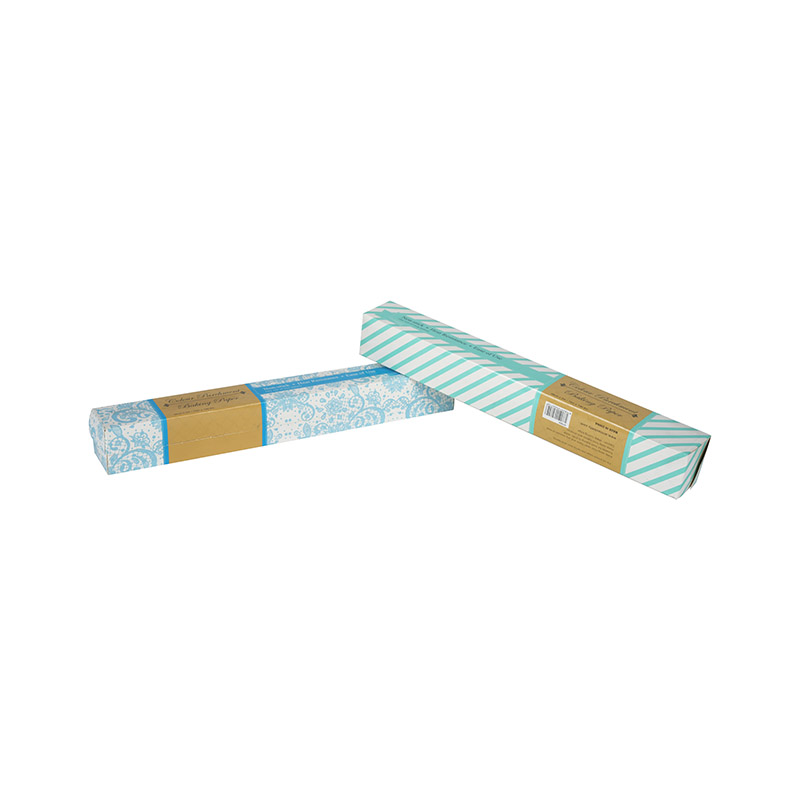No, sandwich paper is not the same as parchment paper. While both are incredibly useful in the kitchen, they are designed for very different purposes and possess distinct properties. Understanding these differences is key to successful cooking and food storage.
Delving Deeper into Sandwich Paper
Sandwich paper, often recognized by its common aliases like sandwich wrap paper, food wrapping paper, deli paper, food service paper, or basket liner paper, is fundamentally a lightweight, flexible paper engineered for wrapping and serving food items that are typically consumed cold or at room temperature. Think sandwiches, subs, wraps, burgers, pastries, or even sliced deli meats and cheeses.
The magic behind sandwich paper lies in its specialized coatings. Most varieties are treated with a wax or poly coating. This coating serves a dual purpose:
-
Grease Resistance: It creates a barrier that prevents oils and fats from soaking through, keeping your hands clean and your packaging looking neat. Nobody wants a greasy wrapper!
-
Moisture Management: While not completely waterproof, the coating helps to contain minor moisture, preventing immediate sogginess and extending the freshness of the wrapped item. It allows for a degree of breathability, which is crucial for preventing condensation buildup that can make bread or pastries soggy.
Sandwich paper is incredibly versatile for various applications:
-
Food Wrapping: Its primary role, ensuring food stays fresh and mess-free.
-
Basket Liners: Often seen lining baskets for fries, onion rings, or hot dogs, providing a clean and absorbent surface.
-
Portion Control: Useful for separating individual food items in a container.
-
Temporary Placemats: For a quick, disposable surface for snacks.
It's important to reiterate that sandwich paper is not designed for heat. Placing it in an oven or microwave can cause it to melt, smoke, or even catch fire due to its wax or poly coating.
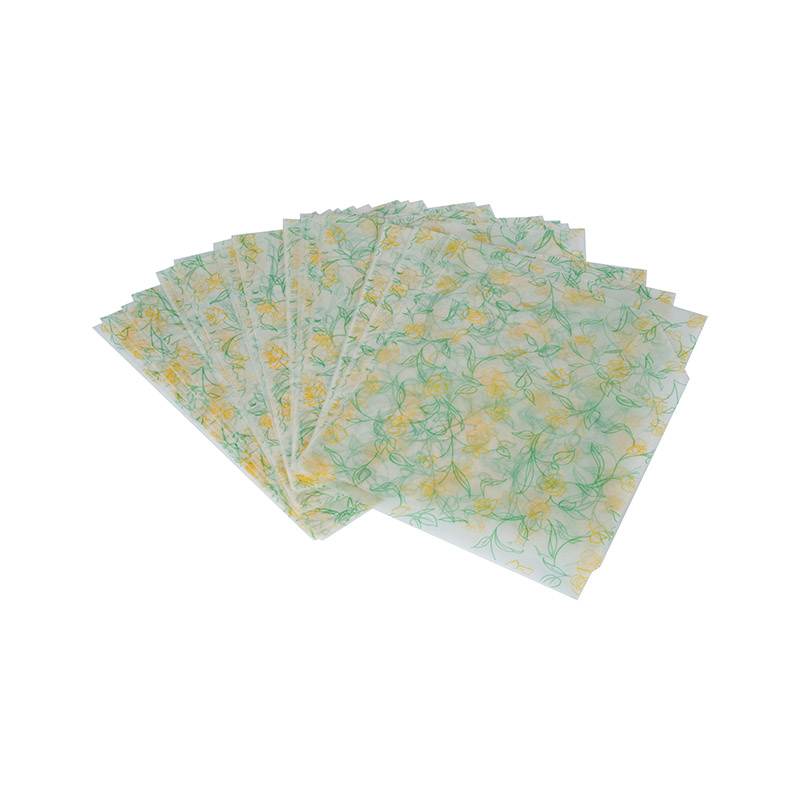
Unpacking the Characteristics of Parchment Paper
In stark contrast, parchment paper is a champion of the oven. This specialized paper is treated with a silicone coating, which is what gives it its remarkable non-stick properties and high heat resistance.
Here's why parchment paper is a baking and cooking essential:
-
Superior Non-Stick Surface: The silicone creates an incredibly smooth surface that prevents food from sticking to baking sheets, pans, and even other ingredients. Cookies slide right off, roasted vegetables don't cling, and even delicate fish won't tear when lifted.
-
Exceptional Heat Resistance: This is where parchment paper truly shines. It can safely withstand high oven temperatures, typically up to 425°F (218°C) to 450°F (232°C), depending on the brand. This makes it ideal for:
-
Baking: Lining cookie sheets, cake pans, or even wrapping dough for proofing.
-
Roasting: Creating a non-stick surface for vegetables, meats, and fish, ensuring even cooking and easy cleanup.
-
En Papillote: A classic cooking method where food is cooked inside a parchment paper pouch, trapping steam and flavors.
-
-
Moisture and Grease Barrier: Similar to sandwich paper, parchment paper also acts as an effective barrier against moisture and grease, keeping your bakeware clean and preventing food from becoming too saturated.
-
Easy Cleanup: One of the biggest time-savers in the kitchen! Food cooks directly on the parchment, leaving your pans virtually spotless.
While incredibly durable in heat, parchment paper is generally less flexible and more rigid than sandwich paper, making it less suitable for tightly wrapping individual food items for storage. Its cost is also typically higher than standard sandwich paper.
Side-by-Side Comparison: A Clear Distinction
To solidify the differences, let's look at a comprehensive comparison:


 English
English русский
русский